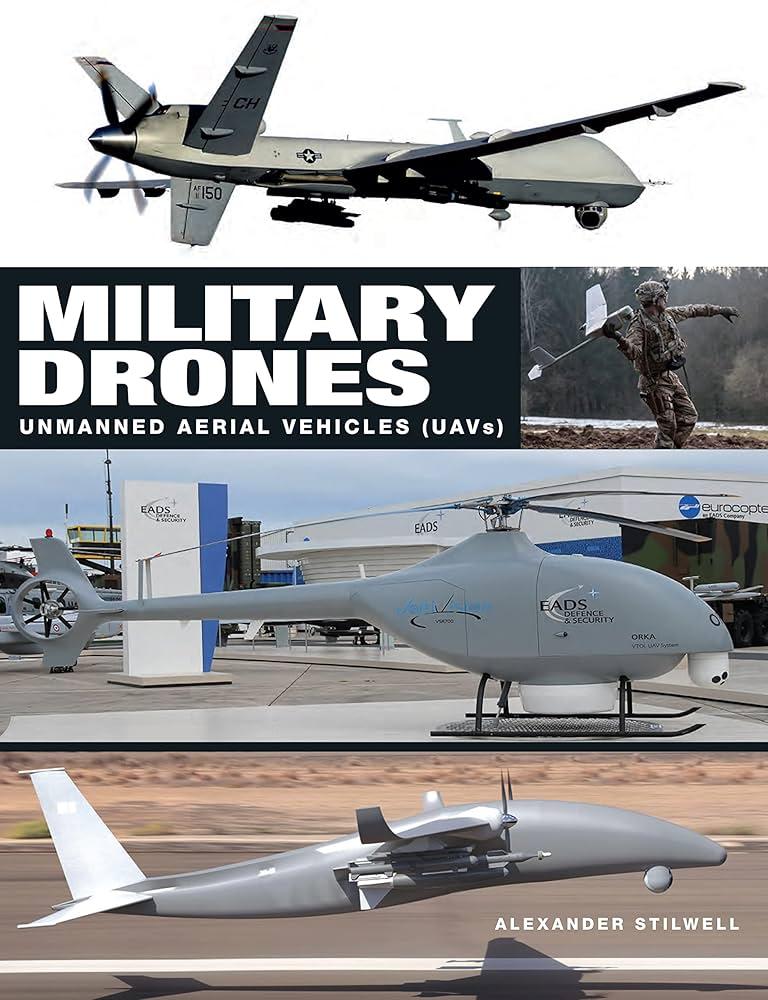India has accelerated its procurement of drones and air defense systems in the wake of recent aerial skirmishes with Pakistan, defense officials confirm. The move underscores New Delhi’s efforts to bolster its military capabilities amid escalating tensions along the border. According to sources within the Ministry of Defence, the acquisitions aim to enhance India’s surveillance and counter-air operations following the heightened aerial engagement that marked one of the most significant confrontations between the two neighbors in recent years.
India Strengthens Aerial Defense Capabilities with Drone Acquisitions and Advanced Air Defense Systems
In a decisive move to enhance its aerial defense, India has accelerated procurement of cutting-edge drones and sophisticated air defense systems in the aftermath of recent confrontations with Pakistan in disputed border areas. These strategic acquisitions are designed to bolster surveillance capabilities and provide a layered shield against unmanned aerial threats. The new drones, equipped with advanced reconnaissance technology, are expected to significantly improve India’s ability to monitor sensitive regions with real-time intelligence, while the upgraded missile systems aim to fortify its defensive perimeter against attacks from low-flying aerial platforms.
Key elements of India’s defense upgrades include:
- Deployment of indigenous and imported drone fleets featuring enhanced stealth and endurance.
- Integration of next-generation surface-to-air missile (SAM) systems with improved targeting algorithms.
- Expansion of radar networks to detect and neutralize incoming aerial threats efficiently.
- Collaboration with global defense partners to expedite technology transfer and training programs.
| Defense Asset | Function | Capabilities |
|---|---|---|
| Surveillance Drones | Reconnaissance & Intelligence | High-altitude, real-time imaging, long endurance |
| Surface-to-Air Missiles | Air Threat Neutralization | Extended range, multi-target tracking, rapid response |
| Radar Systems | Threat Detection | All-weather, 360° coverage, early warning |
Analyzing the Strategic Implications of India Pakistan Aerial Confrontation on Regional Security Dynamics
The recent aerial confrontation has significantly altered the security calculus in South Asia, prompting India to accelerate its modernization of aerial defense capabilities. The procurement of advanced drones and sophisticated air defense weaponry marks a strategic pivot aimed at deterring future incursions and enhancing surveillance along a historically volatile border. This development inevitably shifts the regional balance of power, as both nations now face heightened pressure to recalibrate their military doctrines amid growing uncertainty. The acquisition underscores India’s emphasis on multi-layered defense systems capable of countering asymmetric threats such as unmanned aerial vehicles (UAVs) and ballistic missile attacks.
Beyond bilateral tensions, these military enhancements possess far-reaching implications for regional stability. The introduction of cutting-edge technology raises questions about an emerging arms race, with neighboring countries potentially seeking to bolster their own arsenals in response. Key strategic considerations include:
- Deterrence and escalation management: Enhanced air defense could reduce the likelihood of successful cross-border strikes but may also encourage more covert operations.
- Alliance dynamics: Military procurements may affect partnerships with global defense suppliers, reshaping geopolitical alignments in the Indian Ocean region.
- Impact on diplomatic negotiations: Increased militarization risks undermining ongoing peace dialogues unless accompanied by robust confidence-building measures.
| Capability | Indian Upgrade | Potential Regional Impact |
|---|---|---|
| Drone Surveillance | Long-range UAVs with AI targeting | Improved border monitoring, reduced surprise attacks |
| Air Defense Systems | Multi-layered missile interceptors | Greater interception success rates, escalation deterrent |
| Electronic Warfare | Advanced jammers and cyber defenses | Enhanced battlefield communication security |
Recommendations for Enhancing Integrated Air Defense and Surveillance to Mitigate Future Cross Border Threats
To strengthen its air defense network in response to recent aerial engagements, India must prioritize the integration of multi-layered surveillance systems that provide real-time data fusion across land, air, and cyber domains. The deployment of advanced radar technologies combined with Artificial Intelligence (AI)-powered early warning systems can dramatically enhance the detection of low-altitude, high-speed drones and stealth aircraft. Additionally, bolstering cross-service interoperability, especially between the Indian Air Force and Army, is critical for seamless information sharing and rapid decision-making during cross border incursions.
Strategic investments should encompass:
- High-altitude long-endurance (HALE) drones for persistent aerial monitoring over contested zones.
- Layered missile defense systems capable of intercepting both conventional aircraft and asymmetric threats like drones or cruise missiles.
- Integrated command and control centers with real-time analytics dashboards to coordinate response efforts efficiently.
- Cybersecurity frameworks to protect surveillance networks against electronic warfare and hacking attempts.
| Capability | Technology | Benefit |
|---|---|---|
| Early Detection | AI-Enhanced Radar Systems | Improved threat identification at greater distances |
| Persistent Surveillance | High-Altitude Drones | Continuous monitoring of border airspace |
| Rapid Response | Layered Missile Interceptors | Multi-tier defense against diverse aerial threats |
| Command Efficiency | Integrated C2 Centers | Streamlined coordination across agencies |
In Retrospect
As tensions continue to simmer between the two neighbors, India’s recent procurement of drones and advanced air defense systems signals a strategic move to bolster its aerial capabilities. This development underscores the evolving nature of regional security dynamics and highlights the emphasis both countries place on modernizing their military assets in response to emerging threats. Observers will be watching closely to see how these acquisitions impact the balance of power and the prospects for stability in South Asia.




